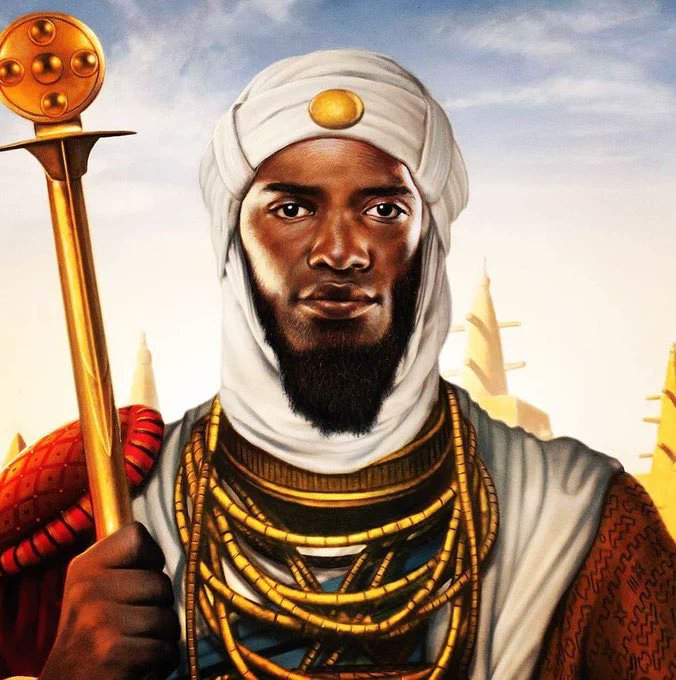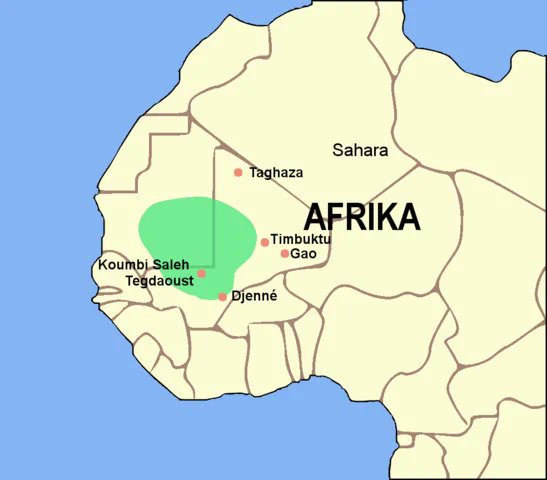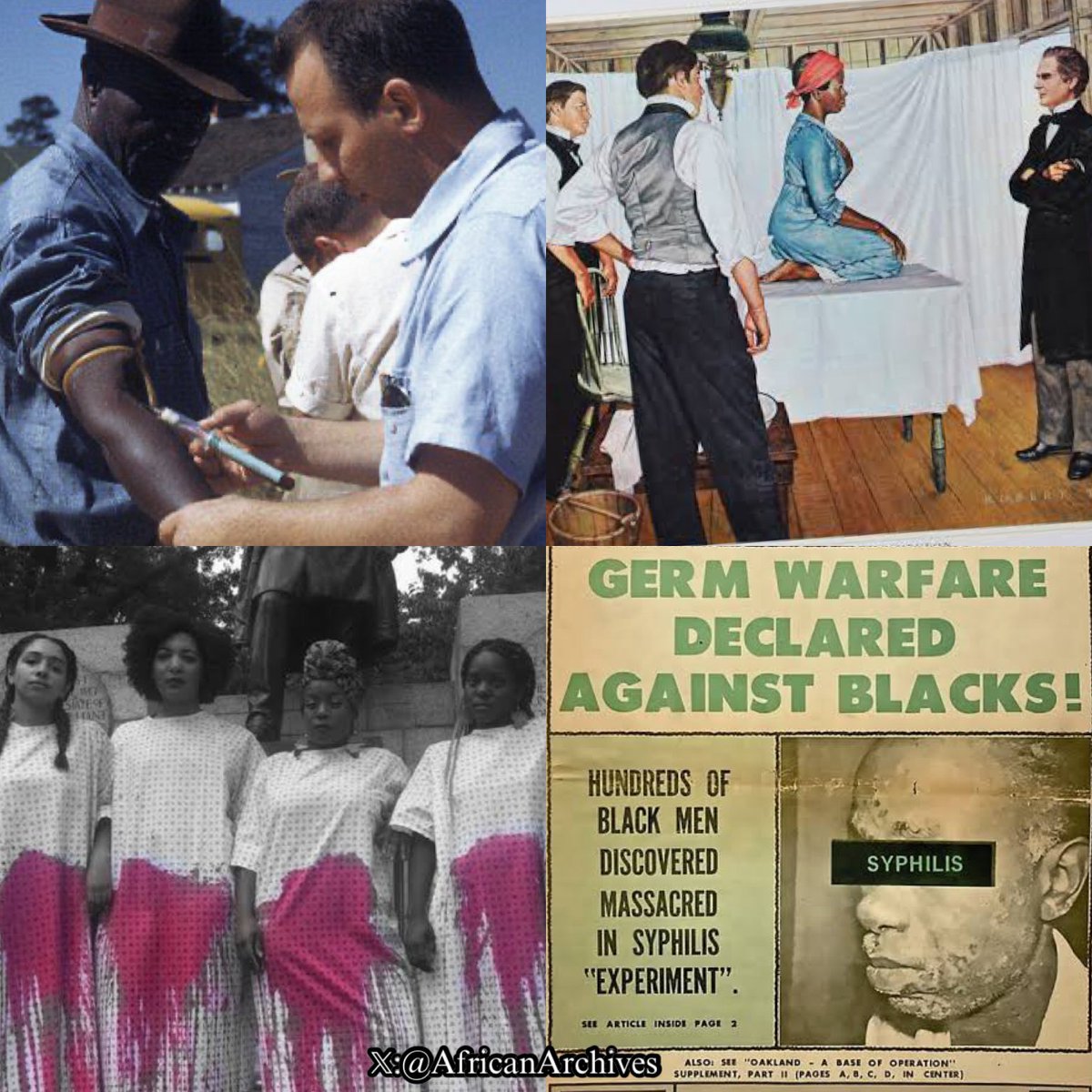The origin of Memorial Day trace back to 1865 when freed slaves started a tradition to honor fallen Union soldiers and to celebrate emancipation and commemorate those who died for that cause.
A THREAD
A THREAD

In 1865, black people in Charleston, South Carolina, held a series of memorials & rituals to honor unnamed fallen Union soldiers and celebrate the struggle against slavery. One of the largest memorial took place on May 1st 1865.
As the civil war ended, confederates had converted the city’s Washington Race Course & Jockey Club into an outdoor prison. Union captives were kept in horrid conditions and at least 257 died of disease and were quickly buried in a mass grave behind the grandstand. 

After the Confederate evacuation of Charleston, black workmen went to the mass grave site, reburied the Union dead properly & built a high fence around the cemetery. 

They whitewashed the fence and built an archway over an entrance on which they inscribed the words, “Martyrs of the Race Course.” 

The freed black people, who then, in cooperation with white missionaries and teachers, staged a parade of 10,000 on the track. The procession was led by 3,000 black schoolchildren carrying armloads of roses and singing the Union marching song “John Brown’s Body.”
Several hundreds of black women followed with baskets of flowers, wreaths & crosses. Then came black men marching in, followed by contingents of Union infantrymen.
Within the cemetery black children’s choir sang before a series of black ministers read from the Bible.
Within the cemetery black children’s choir sang before a series of black ministers read from the Bible.
After the dedication, the crowd dispersed into the infield and did what many of us do on Memorial Day: enjoyed picnics, listened to speeches and watched soldiers drill. 

Among the full brigade of Union infantrymen participating were the famous 54th Massachusetts and the 34th and 104th United States Colored Troops, who performed a special double-columned march around the gravesite.
You can support my history page/project here through donations/tips to keep up on: ko-fi.com/africanarchives


• • •
Missing some Tweet in this thread? You can try to
force a refresh



















